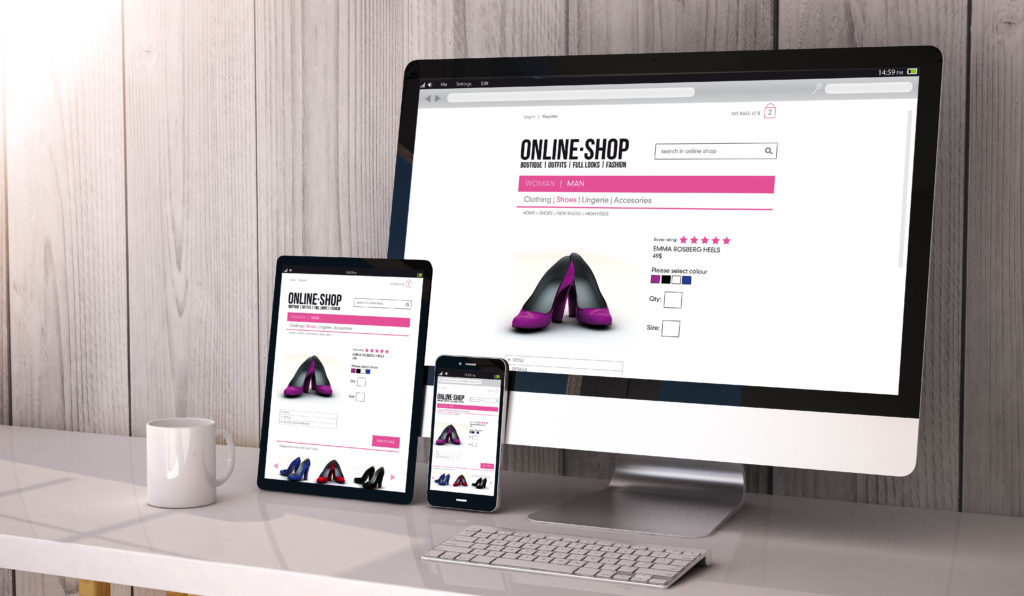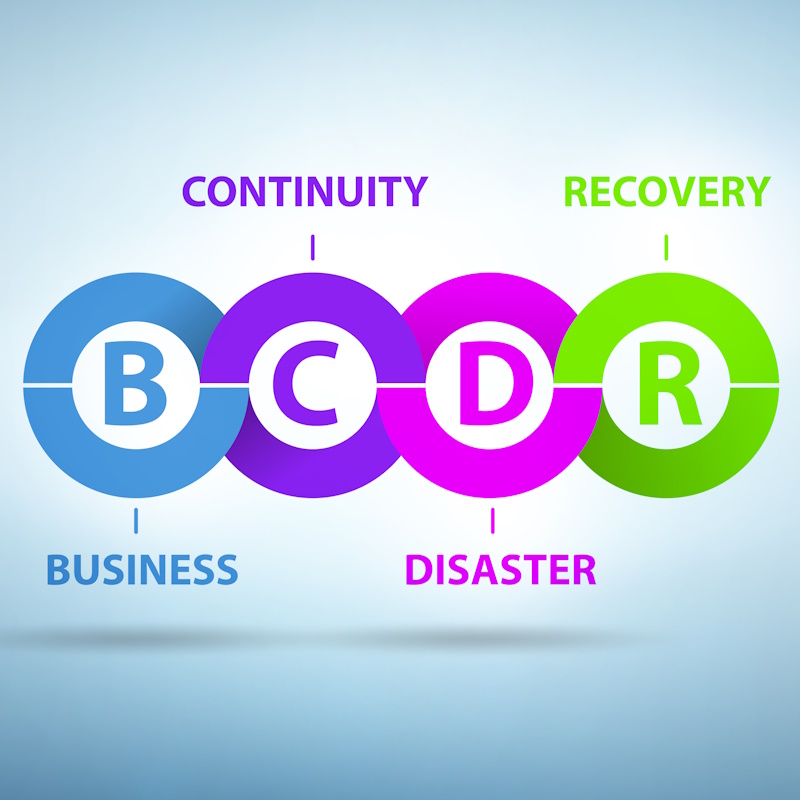Recent Posts
Categories

Who has bought from Amazon, Target, or Kroger in the last week? Better yet, how many of you did it from your mobile device? With consumers wanting instant products and services online, and for businesses looking to diversify in the wake of 2020, ecommerce solutions are more popular than ever. The companies mentioned are large and dominant in their industries, but anyone can setup an ecommerce shopping experience. Today, eCommerce and the supporting components are easier to obtain, manage and grow.
So…you may be thinking why and how?
Why eCommerce?
eCommerce is a great way to diversify your brick-and-mortar business, especially after the closings that have occurred in 2020 due to Covid-19.
Online sales have been skyrocketing. For instance, in 2014 eCommerce earned $1.4 Trillion in overall global retail sales. Fast forward to 2020 and it is $4.1 Trillion so far. It is estimated that by 2023 it will be $6.8 Trillion. That is 385% growth from 2014 to 2023.*
As a small business in today’s economy, eCommerce platforms have leveled the playing field; making it possible for any business to compete and sell online with ease. Thus, allowing them to take advantage of the growing demand for online sales, as this is the future and essential to the survival for many organizations. Whether you are already a brick-and-mortar or starting from scratch, eCommerce is not just for selling tangible products, it is about creating a customer experience and fulfilling a need.
How to get started: Guidelines and Planning
Create a business plan or modify your existing plan.
- Even if you already have a brick & mortar operation and you are expanding it to eCommerce, create a plan specifically for your online business and the product offering you want to sell.
- Do not forget online marketing strategy and budget as part of your overall business plan. This is imperative to promoting and building a name for yourself online.
Pick your eCommerce niche
- Do your research via your competitors across multiple target markets, including social media channels. What does your target market want and how do they want it delivered?
Determine the products or services you want to sell.
- Do your research; review competitors, create a trusted focus group of your best customers, or hire someone to help you do the research.
- Choose the products or services that you know will sell and deliver the best online.
Incorporate your business (if you haven’t already)
- As with all legal matters, contact your trusted advisor to learn what the state and local laws require for this part of your eCommerce plan.
- Having an incorporated business will help when dealing with third parties, such as applying for accounts with credit card processors, payment providers, working with suppliers, shipping accounts, etc.
- Don’t forget to register a domain name and/or variations of your domain name.
Name & Brand your business
- Get creative! Think as the target customer and how something would “hook” them about your name, logo, etc.
- Let it tell a story so that you have a comprehensive go to market look that will be incorporated in every platform your business is included.
Choose an eCommerce Platform
- There are three options when considering the best path to sell online.
- SaaS Solution – Like Shopify, Big Commerce, or Volusion.
- Purchase an off the shelf and put it on your own virtual hosting server – Like WooCommerce or Magento.
- Create a custom eCommerce solution.
- Most businesses get the best benefit from choosing a SaaS because there is a rich feature set out of the box and you get a team of experts to support you, the hosting, plugins, and ongoing upgrades.
Shipping & Payment Providers
- Choose your shipping solution(s) like UPS, FedEx, USPS.
- Choose your payment solution(s) like Direct Payment, Google Pay, Apple Pay. You can also go with a service like Stripe, Square or PayPal
Choose Your Store Design
- The store design should match the logo, brand and be representative of your corporate image. There are themes you can use and customize, or you can hire a designer to create a unique look with the components you want.
Showcase Your Products
- eCommerce should display your products front and center.
- Provide an easy-to-use step by step guide that entice customers to purchase, taking the guess work out of their experience in the process.
Promote Your Business
- Market through Google and all major social media outlets to serve up ads directly to your target market.
- Offer deals, discounts, coupons, etc.
- Build a community for your customers by doing the following:
- Setup a blog to talk about your products, industry or where you are giving back.
- Use email marketing to promote your blog, request reviews and provide offers to your current customers.
- Request and maintain customer reviews on Google.
- Syndicate your products with other popular online stores likes Amazon, Google Products, and Etsy.
Maintenance & Ongoing Changes
- Customers’ behaviors and needs are ever changing.
- Use valuable data to continue to maximize your store and increase purchases.

There is a great deal of steps involved but planning is key to the success of your online business. Building, managing and maintaining the ecommerce store is just one part of the entire process. Building your brand and a loyal customer base will be the key to your online success, so make that your focus and the rest will fall into place.
For more information or help to start your eCommerce plan, contact our online marketing and web consultants today.
————————
Resources & More Info:
*https://www.ecommerceceo.com/start-ecommerce-business/
https://www.shopify.com/blog/ecommerce-business-blueprint
https://www.bigcommerce.com/blog/how-to-start-online-business/
https://www.codeinwp.com/blog/start-ecommerce-business/
https://www.justbusiness.com/starting-a-small-business/how-to-start-an-ecommerce-business



